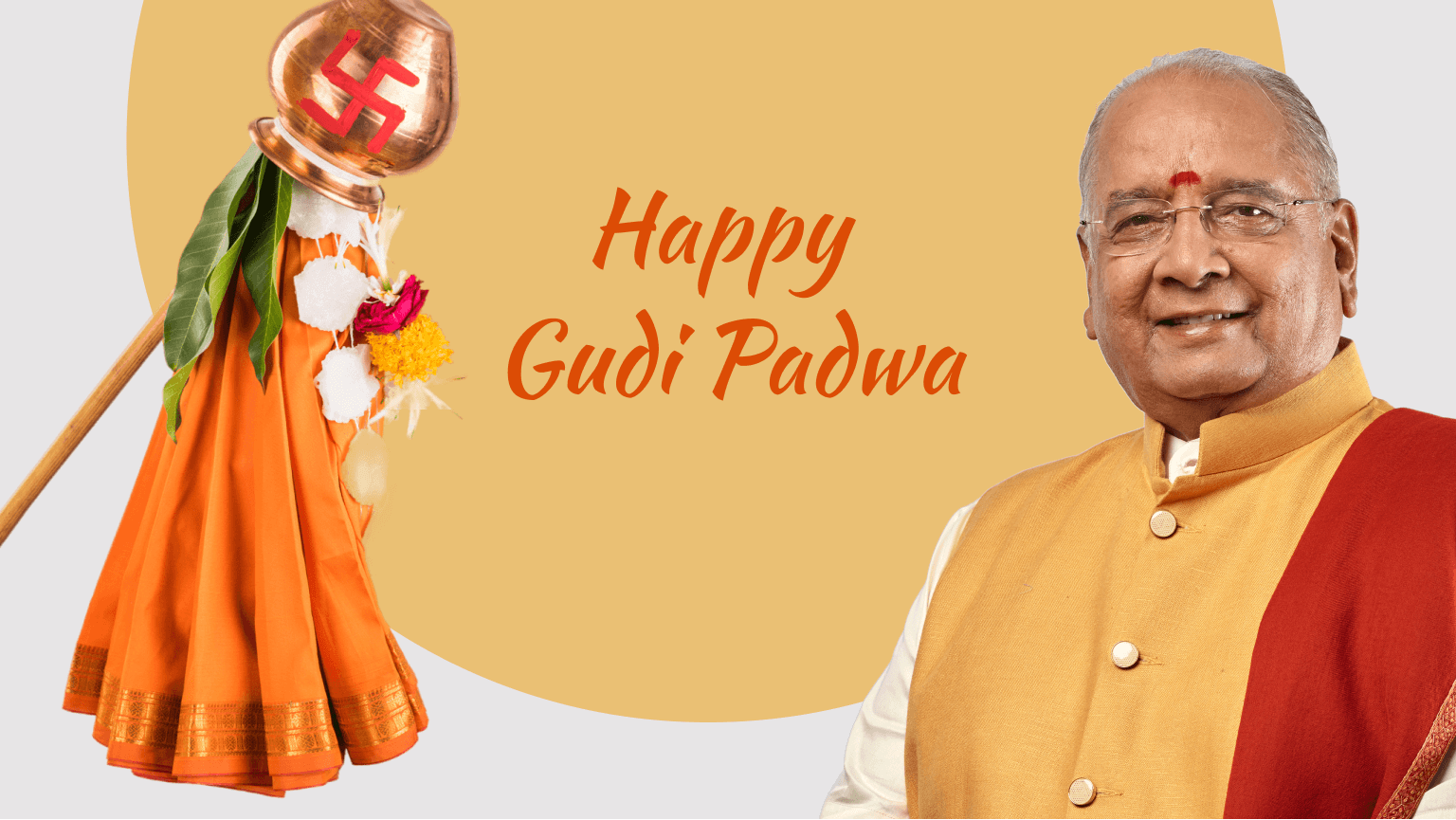Time moves eternally. There is no beginning and no end. In that sense it is like a circle, in which one can move on continuously with no start or end points. The earth takes 365 days to rotate around the Sun and so a new year begins every 365 days. In this case, although ‘circular’ or ‘cyclical’ the starting point of the new year may be decided depending on geographical and other conveniences. Thus, in India while we follow the western calendar for practical purposes and celebrate the New year on 1st January, it is also celebrated on Baisakhi in Punjab, Ugadi in Andhra Pradesh, Bestu Varas in Deepawali in Gujarat and in Maharashtra it is celebrated on Gudhi Padwa. The Gudhi Padwa celebrations have an astrological basis as the moon enters the first zodiac sign Aries on this day at the horizon. It is like the first day of the new year of the Universe itself.
Every Indian festival or cultural activity is not just for the sake of tradition or religion. It has a sound scientific base and is designed for the betterment of not just humans but of all living beings and the planet. The aim is to maintain a harmony and balance from micro to macro cosmic levels for the health and evolution of all. Gudhi Padwa is the first day of the Chaitra month and falls around March-April every year. This marks the beginning of spring in India. Nature unfolds its beauty with fresh leaves on trees in every shade of green and buds blossoming into an array of colourful and fragrant flowers. It is as if Nature is trying to wake us up with her beauty and bloom. She is trying to make us rise and start working, and walking, on the path of evolution. When we stand straight and upright, our spine has alignment and the energy can flow from the base to the top of the spine without obstruction. This is represented by the tall and straight bamboo stick used in making the tall Gudhi to celebrate Gudhi Padwa. The bamboo has natural nodes similar to our spinal column with vertebrae. The tradition is to raise a spring victory flag, in the form of the long bamboo stick with an inverted brass pot and silk cloth tied at the skywards end. The stick represents the spine and the inverted pot, the head. The colourful silken cloth indicates the refined and complex, yet very delicate, network of neural pathways and the even more subtle channels of energy that work through this intricate neural network.
Raising energy and facilitating its travel towards the crown centre at the head or top of the spine leads to evolution. This is the sole reason behind every festival in life. Among all the activities of life, Indian or Bharatiya tradition accords maximum importance to energy transformation towards more and more subtle levels. The different schools of philosophy in India consider the evolution of energy into its highest state as their ultimate goal. In Yoga, for example, energy travels up from the root chakra upwards. In meditative contemplation, or Dnyan Marga, the smaller self merges in to the larger or Universal Self. Then there are ways through austerities like tapa, yadnya, daan where taking care of nature and evolving oneself and society at large is taken into consideration. Thus, raising the Gudhi-flag is to reminding us of our duties and actions for the entire year such that they may be aimed for prosperity, higher energy and progress.
Even as we strive to reach higher, to also accept life whole heartedly, with all its challenges and ups and downs, while keeping a calm demeanour and a smile on our faces is the core of Indian philosophy and culture. We should festive foods, adorn ourselves with beautiful attire, listen to raga-based music which can heal and entertain deeply, and participate in positive affirmations in the form of Satsang. These are all part of celebrating together to share and experience constant contentment and joy in our lives.
